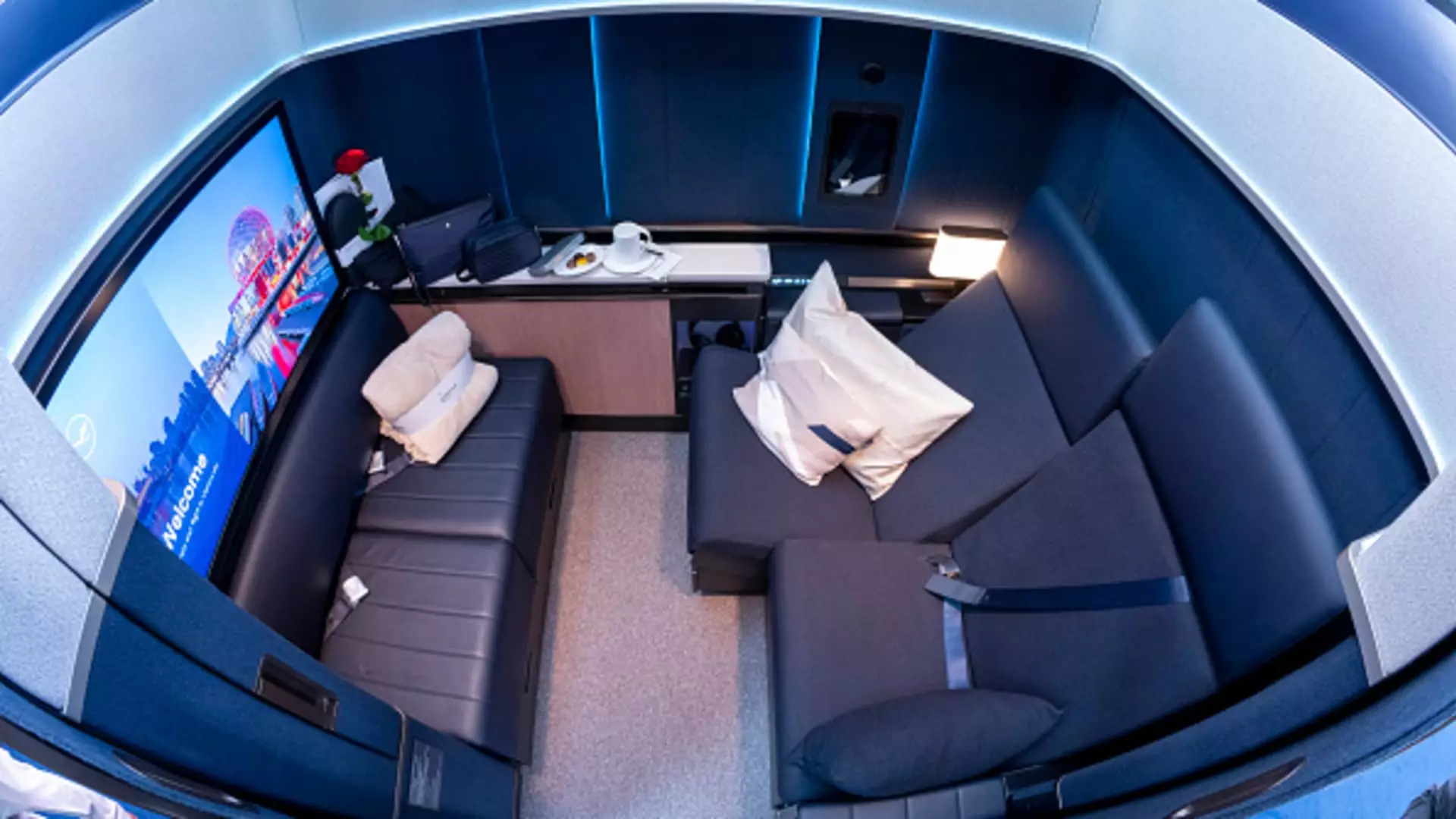In the domain of commercial aviation, the emphasis on enhancing passenger comfort has reached new heights, with airlines racing to introduce innovative seating configurations that feature heated seats, ultra-high-definition entertainment, and even privacy doors. However, this quest for luxury has inadvertently led to significant delays in aircraft deliveries due to complex certification requirements, necessitating a deep dive into the underlying challenges faced by major aircraft manufacturers like Boeing and Airbus.
As airlines adapt to the evolving demands of travelers, the pressure to swap out older seating arrangements for premium alternatives has intensified. Airlines are driven by profitability, as business and first-class tickets generate substantial revenues. For instance, a round-trip economy ticket from New York to Paris might cost around $800, while a premium seat on the same flight could soar to over $5,500. Airlines are acutely aware that in a post-pandemic world, passengers are increasingly seeking the luxury that premium seats provide. This consumer shift has prompted a flurry of activity aimed at upgrading cabin interiors and maximizing the use of space.
However, this acceleration towards luxurious seating comes at a cost. As reported by Boeing’s CEO, Kelly Ortberg, aircraft deliveries are being hampered due to the complexity of the seating systems. The certification process for these new seating designs, which includes not only the seats themselves but also associated cabinets and doors, has proven to be time-consuming. This heavy burden of regulation has far-reaching implications for manufacturers, delaying the arrival of new aircraft into airline fleets.
The intricacies of regulatory approval add another layer of difficulty to the aircraft manufacturing process. Every novel seat configuration must be scrutinized to ensure passenger safety during emergency situations, prolonging the period before new aircraft can enter service. As if that weren’t challenging enough, ongoing supply chain disruptions and labor shortages, a byproduct of the COVID-19 pandemic, have exacerbated delays in obtaining necessary components. Regulatory agencies, such as the Federal Aviation Administration (FAA), also face their trials, especially under staffing constraints stemming from budget cuts. This situation complicates matters further and raises concerns about whether these issues might impede the certification of essential safety measures.
The financial stakes tied to premium seating are immense. New business-class seats can run airlines into the low six-digit range, comparable to purchasing a luxury vehicle. Yet, for airlines, the investment is justified. Reports indicate that a significant portion of airline revenues now comes from premium seats, marking a sharp increase compared to figures from just over a decade ago. Airlines like Delta have highlighted that more than half of their ticket sales arise from premium seating, signaling a distinct pivot towards luxury offerings. This trend reinforces the notion that airlines are willing to invest heavily to capture this lucrative segment of the market.
Overhauls in passenger experience reframe the airline’s public image, as seen in the revamp of cabins across various airlines, including Qantas, American Airlines, and Lufthansa. Companies are continually innovating to create an alluring travel experience that aligns with market expectations, all while navigating the complexities of weighted design considerations, aesthetics, and pricing fairness.
The push for improved seating has global ramifications. As airlines like Singapore Airlines introduce enhanced first-class cabins for over seventeen-hour flights, the competitive landscape of air travel shifts with varying levels of luxury offered across carriers. The balance between offering commodious cabins and maintaining safety standards is a critical aspect that cannot be overlooked. For airline executives, satisfying consumer demand for modern innovations while adhering to strict regulatory frameworks is a tightrope walk that requires both foresight and strategic planning.
The intricacies of these upgrades also affect the operational capabilities of aircraft. As evidenced by Swiss Airlines’ experience—where it was found that newer seat models altered the aircraft’s center of gravity—the integration of cutting-edge designs necessitates thorough testing and potential redesign. A holistic evaluation of weight distribution has become vital to ensure that these innovations do not inadvertently compromise plane performance.
The ongoing quest for superior in-flight experiences presents a double-edged sword for airlines and manufacturers alike. While the allure of extravagant seats encapsulates the desire to elevate passenger comfort, the underlying challenges related to regulatory certification, supply chain management, and safety standards cannot be underestimated. As the aviation industry navigates these tumultuous waters, the interconnectedness of innovation, regulation, and consumer expectation will dictate the future landscape of air travel. Ultimately, the successful balance between opulence and safety will redefine the standards by which the airline industry operates in the coming years.

